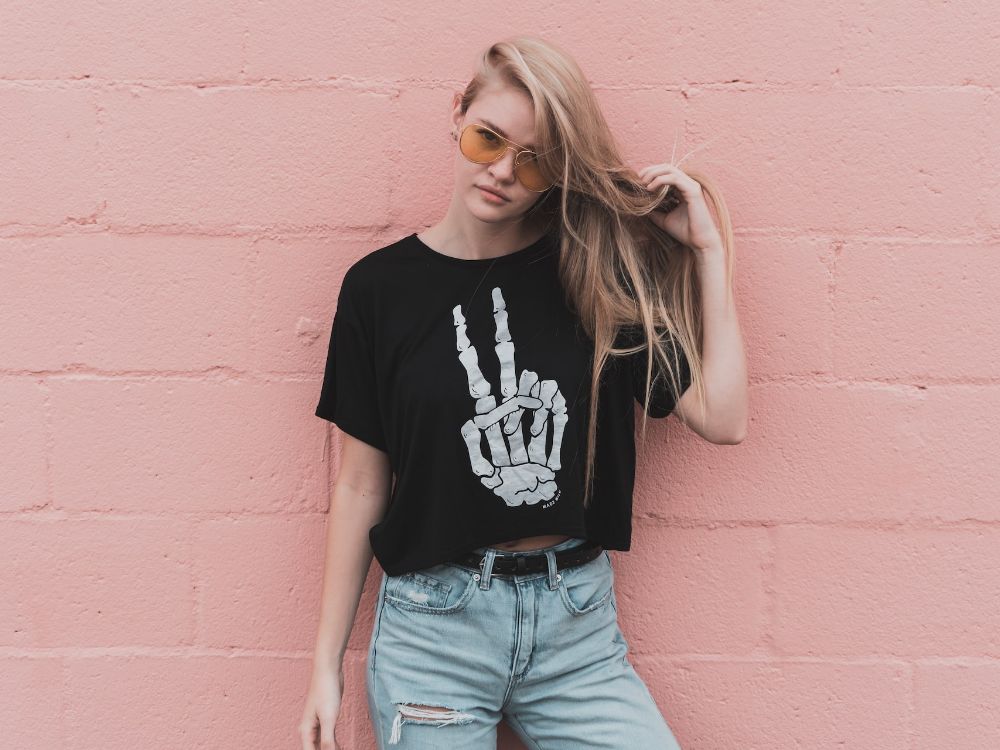History of New York Fashion Week (NYFW)



Here’s a detailed history of New York Fashion Week (NYFW), tracing its evolution from its origins in 1943 to becoming one of the world’s most influential fashion events.
Origins of NYFW: The Birth of American Fashion (1943)
Before the 1940s, Paris was the global fashion capital. American designers were overshadowed by French couture, and U.S. fashion relied heavily on Parisian trends.
Eleanor Lambert & the Creation of “Press Week”
- In 1943, during World War II, American journalists and buyers couldn’t travel to Paris for fashion shows.
- Eleanor Lambert, a prominent fashion publicist, saw this as an opportunity to promote American designers.
- She launched “Press Week” in New York City, inviting U.S. and international journalists to cover American fashion.
- This event became the first organized fashion week in the world and helped designers like Claire McCardell, Norman Norell, and Mainbocher gain recognition.
- As a result, American fashion started gaining global influence.
Growth & The Rise of NYFW (1950s-1980s)
- 1950s-60s: Press Week evolved into a major industry event, helping designers like Oscar de la Renta, Bill Blass, and Halston gain fame.
- 1973: A major milestone occurred with the “Battle of Versailles Fashion Show.” American designers, including Anne Klein, Halston, and Stephen Burrows, competed against French couture houses like Yves Saint Laurent and Givenchy.
- The Americans wowed the audience with modern, ready-to-wear designs, marking a turning point for U.S. fashion dominance.
NYFW’s Official Recognition & Expansion (1990s-2000s)
- In 1993, the event was officially renamed New York Fashion Week and was centralized under the Council of Fashion Designers of America (CFDA), led by Fern Mallis.
- Before this, designers hosted shows in different locations across NYC, causing chaos for attendees.
- The shows were moved to a single venue—Bryant Park—making it more organized and professional.
- In the 2000s, NYFW expanded globally, attracting luxury brands and international buyers.
Modernization & Digital Revolution (2010s-Present)
- 2010: NYFW relocated from Bryant Park to Lincoln Center due to its growing scale.
- 2015: The event moved again to Skylight Clarkson Square and other venues, embracing a more flexible approach.
- 2010s: The rise of social media and live streaming transformed NYFW into a global spectacle.
- 2020-Present: Due to COVID-19, NYFW adapted with virtual shows, digital presentations, and hybrid events, making fashion more accessible worldwide.
NYFW’s Global Influence Today
- It is now part of the “Big Four” fashion weeks: New York, London, Milan, and Paris.
- NYFW sets trends that influence retail, celebrities, and global brands.
- It champions diversity, sustainability, and digital innovation, making it more inclusive and forward-thinking than ever.
Key Milestones in NYFW’s Evolution
- 1943: First-ever “Press Week” held in New York, attracting media attention to American designers.
- 1950s-60s: The event gains prestige, with designers like Oscar de la Renta and Bill Blass rising to fame.
- 1973: The legendary “Battle of Versailles” fashion show pits American designers against French couturiers, solidifying American fashion on the global stage.
- 1993: The event is officially renamed New York Fashion Week and centralized under the Council of Fashion Designers of America (CFDA), with shows moving to Bryant Park.
- 2010: NYFW relocates to Lincoln Center, modernizing the experience and making it more accessible to international audiences.
- 2015: The event moves to Skylight Clarkson Square and other venues, embracing digital innovations and live-streaming.
- 2020-Present: NYFW adapts to digital and hybrid formats due to the pandemic, focusing on inclusivity, sustainability, and emerging designers.
Why NYFW Was Created
- To promote American fashion on a global scale.
- To provide designers a platform to showcase their work.
- To attract media attention and buyers for new collections.
- To establish New York as a fashion capital alongside Paris, Milan, and London.
🌍 Global Impact of New York Fashion Week (NYFW) 🌍
NYFW is not just an event for American designers—it has shaped the global fashion industry in several key ways.
1. Elevating American Fashion on the World Stage
Before NYFW, Paris dominated the industry. But since its founding in 1943, NYFW has helped establish American designers (like Ralph Lauren, Calvin Klein, and Michael Kors) as international fashion leaders. Now, brands worldwide look to NYFW for inspiration and collaboration.
2. Setting Global Fashion Trends
NYFW showcases cutting-edge designs that influence trends in Europe, Asia, and beyond. What debuts on NYFW runways often trickles down to:
✅ High-street brands (Zara, H&M, Topshop)
✅ Luxury designers (Gucci, Dior, Prada)
✅ Local fashion industries in cities like Tokyo, Seoul, and Mumbai
Example: The athleisure trend, popularized by NYFW designers, became a global movement, embraced from the U.S. to South Korea.
3. Boosting the Global Fashion Economy 💰
NYFW is a multi-billion-dollar industry, fueling:
- Retail sales worldwide (luxury, streetwear, accessories)
- Job creation (models, stylists, makeup artists, photographers)
- Tourism in NYC, attracting buyers and press from all continents
According to estimates, NYFW generates over $600 million annually and influences billions in global retail.
4. Championing Diversity & Inclusivity
NYFW has led the push for more diverse models (racial, size, gender) and sustainable fashion, influencing brands worldwide to be more inclusive.
Example: In 2017, NYFW featured its most diverse model lineup ever, inspiring other major fashion weeks (Paris, Milan, London) to follow suit.
5. Expanding Fashion’s Digital Reach 📱🌎
With live streaming, social media, and influencer marketing, NYFW’s impact now reaches billions worldwide—not just industry insiders.
- TikTok & Instagram: NYFW trends go viral instantly.
- Global Viewership: People from India, Brazil, China, and beyond can now experience the runway in real time.
Example: The rise of virtual fashion shows (like during COVID-19) transformed NYFW into a global online event, making fashion more accessible than ever.
6. Influencing Emerging Fashion Capitals
NYFW’s success has inspired other cities to launch their own fashion weeks, strengthening the global industry:
- Shanghai & Tokyo Fashion Weeks (Asia’s growing fashion hubs)
- Lagos Fashion Week (putting African designers on the map)
- São Paulo Fashion Week (Brazil’s gateway to the global market)
These events are shaping local and global fashion ecosystems, with NYFW as their blueprint.
18 Top Fall Fashion Trends from New York Fashion
😊ASRS NEWS😊
Washington Dulles International Airport, 1 Saarinen Circle, Dulles, VA 20166












One thought on “New York Fashion Week: A Legacy of Style and Its Global Influence”